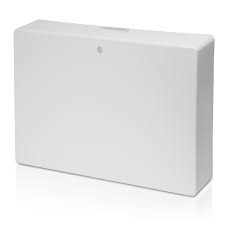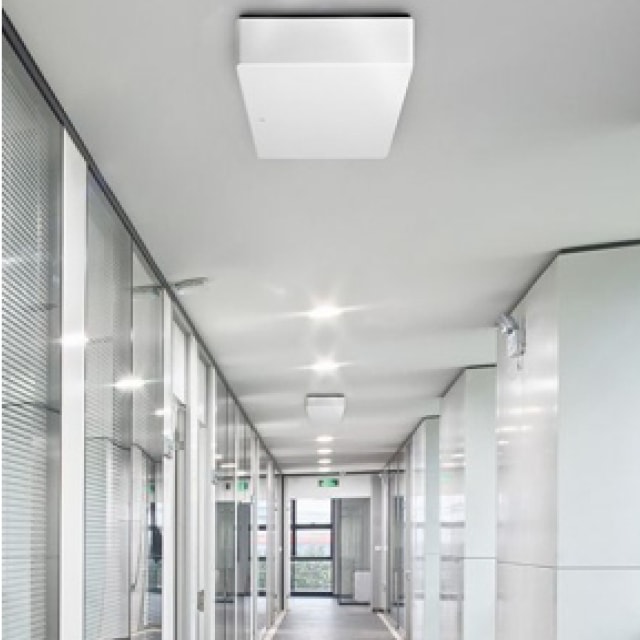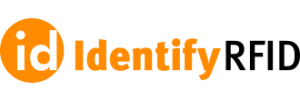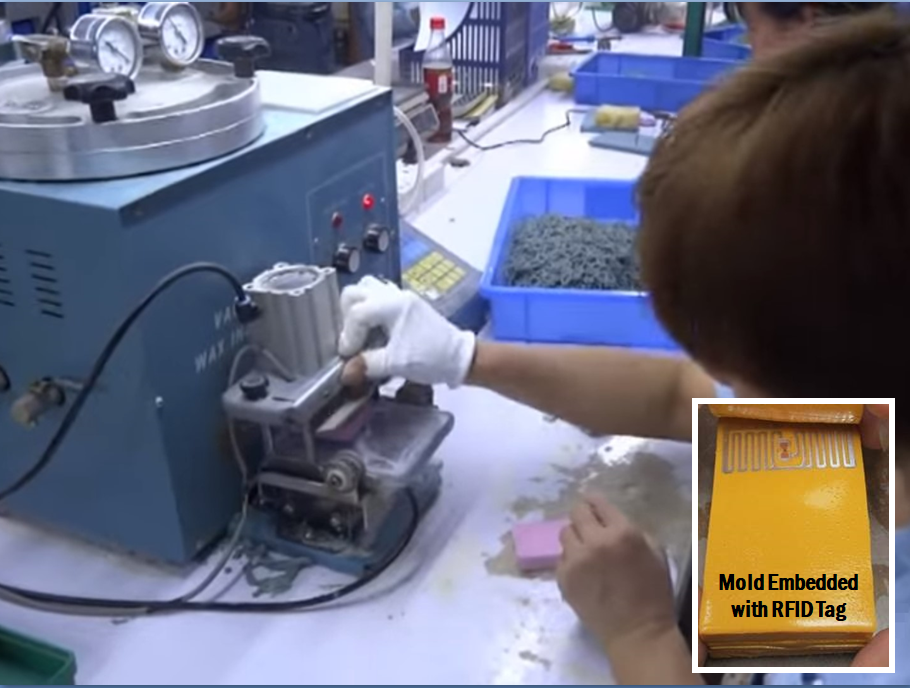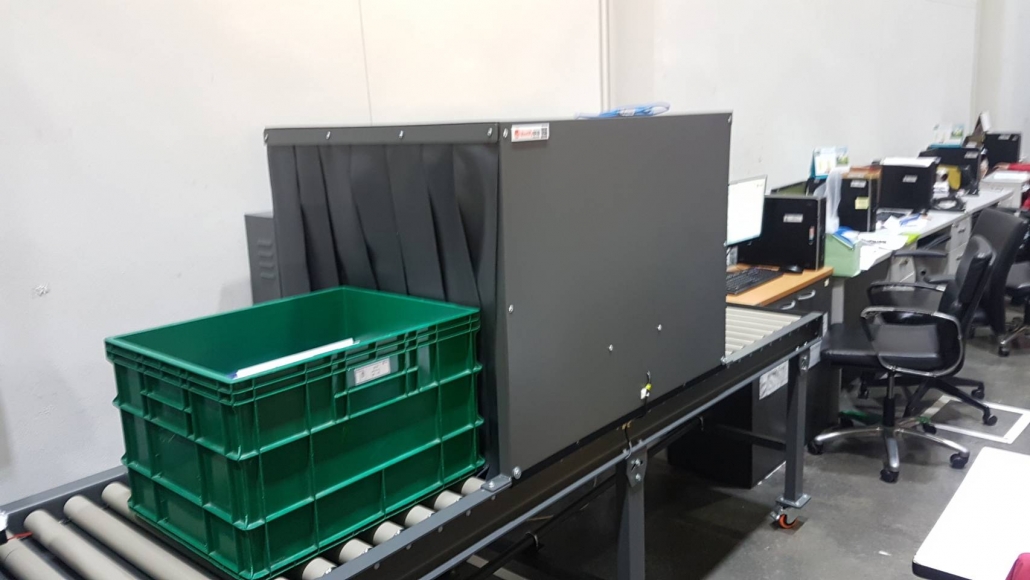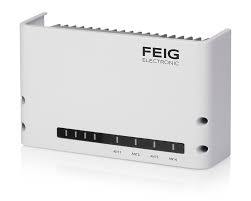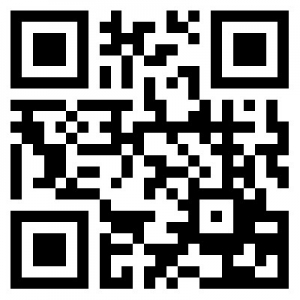Directional RFID Reader
Description
The UHF Directional Reader includes the RFID antenna and the reader in a single housing, producing high-level read performances, along with 3-D detection. It has the ability to identify the direction and location that a specific RFID tag is moving. For example, a person wearing a RFID badge walk down the hall and the device can quickly and easily determine the direction a tagged asset and associate it with a person and the last known location and direction the object is moving. This UHF Directional Reader can now track people and assets in real time, making it ideal for industrial settings where logistical tracking is required. It can be mounted at a company’s dock doors to can identify the direction in which a tagged box or pallet is moving
With excellent RFID and 3-D read rates, the new UHF Directional Reader Solution offers a cost-effective solution, making it ideal for the healthcare industry, pharmaceutical inventory tracking, event management, logistics, and access control.
Key Technical Data
- Dimensions: 506 mm x 275 mm x 103 mm
- Weight : 7 kg
- Computer Interface:
- RJ45 (10/100 Base-T Ethernet)
- USB
- GPIO interface: 8 pin terminal block
- Operating frequency: 920-925 MHz
- Supported transponders: EPCglobal UHF Class 1 Gen 2 / ISO 18000-6C
- External DC Power: 24 VDC,
- Operating temperature: 0 °C to 50 °C
- Storage temperature: -25 °C to 70 °C
